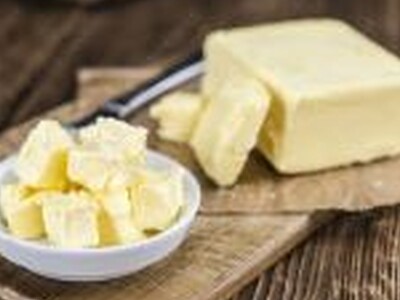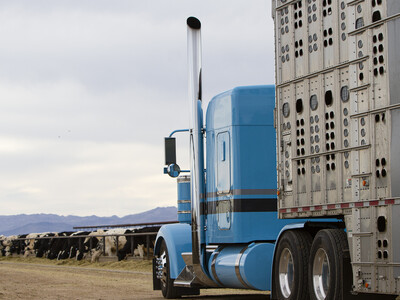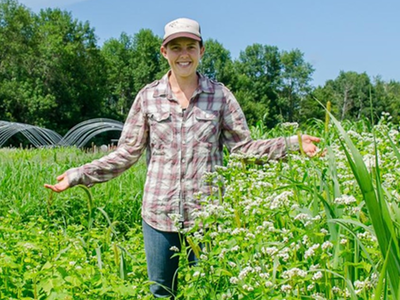Canning with Ball Jars Part 2
Canning With Ball Jars Part 2. I’m Greg Martin with today’s Line On Agriculture.
Most of us over a certain age remember a cupboard stocked with canned fruits and vegetables. For a number of years after my wife’s grandmother passed away we enjoyed mincemeat she had put up before she died. Canning is somewhat labor intesive but a lot of people are really afraid to can due to perhaps “secrets.” Lauren Devine-Hager, Product Research and Test Kitchen Scientist for Jarden Home Brands, makers of Ball canning jars talks about those misconceptions.
HAGER: Well I think the biggest misconception is people think it’s very difficult to start canning. They’re very intimidated by it. And what we’ve been trying to do is try to make it as easy as possible for people to get started and our website is a great place to start with step-by-step information; we have some videos. But another thing we’re trying to do is develop more innovative products to make the canning process easier.
They offer their canning discovery kit for those that want to easily get started.
HAGER: It comes with your jars and a canning rack/jar lifter and 12 recipes that go in kind of a step-by-step fashion and it really really breaks it down into 2 simple steps so you can do canning in your house with common kitchen utensils, this kit and some produce and it’s really that easy. I like to say it’s as easy as boiling water for people to get started.
The Ball Jar website is a great place to get started.
HAGER: It’s called freshpreserving.com and it has a ton of recipes, everything from your salsas to your jams to your green beans and the nice thing that I like about our website is we have a lot of how-to information. We have a couple of videos. We also step-by-step PDF’s you can download them and have them for yourself whenever you need them and they have illustrations, too. And it’s really a great resource if you are trying to get started.
The process was first developed as a French military discovery by Nicolas Appert in 1810 to prevent microorganisms from entering and proliferating inside, spoiling the contents. Hager says little has changed.
HAGER: As far as the process goes not a lot has changed since the 1990’s but as I mentioned we are always looking at innovative ways to make it a little bit easier. One of the products that comes to mind is for making jams and jellies. It’s a product we have called pectin and you come out with a very nice jelled jam or jelly and it’s ready to be consumed right away or you can go through the canning process and keep it for up to a year.
Just a reminder, BigIron.com has some outstanding equipment listed for this Wednesday’s on line sale. That’s today’s Line On Agriculture. I’m Greg Martin on the Ag Information Network.

















